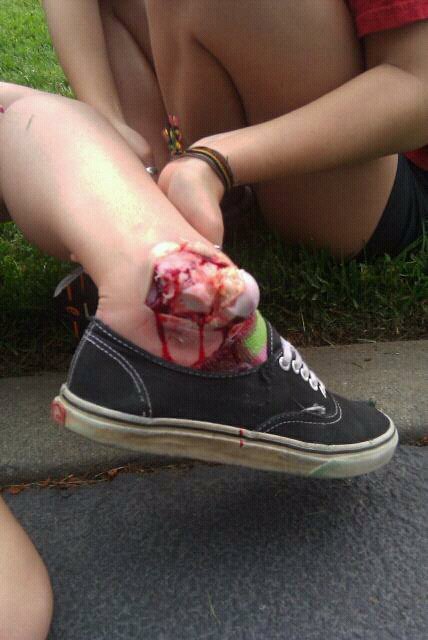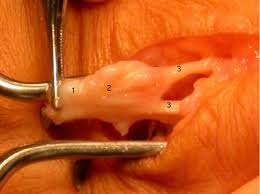CASE VIGNETTE – MAY 2019
The Issue Of Causation – Direct And Indirect
I recently saw a chap who sustained an exceedingly severe compound fracture dislocation of his ankle. In fact, his foot was almost ripped off. The photographs that he displayed showed the lower end of his tibia (the shin bone) protruding through a large wound in the skin with the foot dangling posteriorly, with the ability to swing in mid-air. It was an awful injury and despite the passage of two or three years, five expertly performed operations and extensive physiotherapy and rehabilitation, he was grossly impaired and disabled. It begs the question of whether he really should have undergone a primary below knee amputation at the time. That is a different issue.

The point is that he started to suffer with discomfort in the contralateral uninjured foot. He developed a so-called Morton’s neuroma. This is a swelling on a nerve in between two metatarsophalangeal joints. The metatarsophalangeal joints are where the toes join the forefoot. The nerve can be pinched between these two regions, giving rise to local swelling (a neuroma) and a burning sensation spreading down the inside of the adjacent toes.
There can be many causes for Morton’s neuromata. Suffice to say, many are “iatrogenic”. This is a term that we use when we simply do not know what the cause is.

It is tempting in this particular case to say that because he could not walk on his injured leg adequately for a prolonged period, he was placing additional stresses and strains on the contralateral foot, giving rise to this indirect causation of the Morton’s neuroma.
Temptation is insufficient. There is simply no orthopaedic evidence that such a scenario occurs or exists.
It is a belief that many plaintiffs and their lawyers hold. Disappointment is expressed when the concept is dismissed by the expert.
I remain sympathetic but unconvinced. In general terms, favouring one limb does not give rise to significant orthopaedic pathology in another limb.
